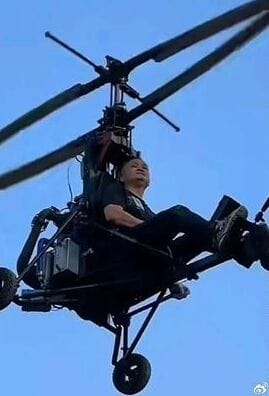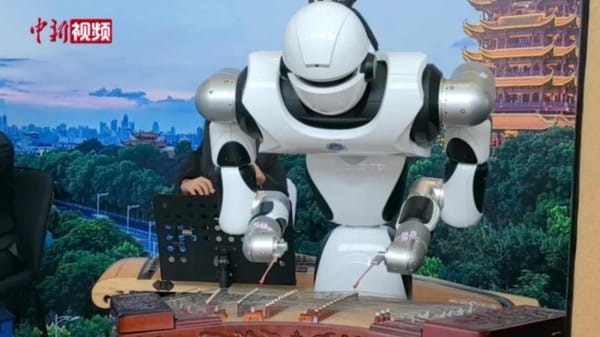Why South Korea, Vietnam, Mongolia, and Singapore Chose 'De-Sinicization'
Discover how South Korea, Vietnam, Mongolia, and Singapore gradually moved away from Chinese cultural influence, shaping unique identities shaped by history and modernization.
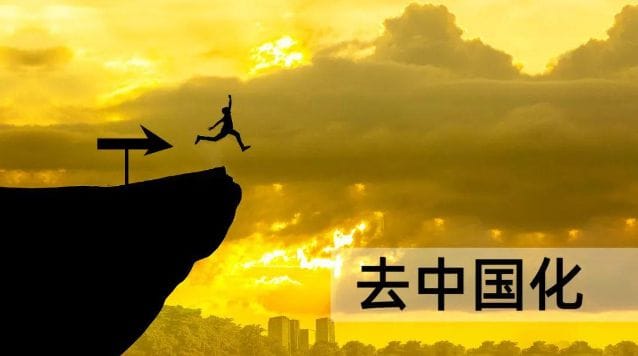
Understanding De-Sinicization: What Does It Really Mean? 🤔
De-Sinicization might sound like a mouthful, but it's a fascinating cultural journey! 🌏 Simply put, it's the process where countries historically influenced by Chinese culture begin distancing themselves from Chinese elements like traditional characters, Confucian teachings, and customs.
This isn't about erasing history; rather, it's about adapting cultural identity to fit evolving political, social, and global realities. Think of it as updating your wardrobe — you keep some classics but add new styles that fit your taste today!

South Korea's Gradual Shift: From Hanja to Hangul and K-Pop 😎
South Korea’s de-Sinicization is a slow burn rather than an overnight flame. Dating back to the Three Kingdoms, Korea was deeply influenced by Chinese culture, including the use of Hanja (Chinese characters) and Confucian doctrines.
But the tide changed during Japanese colonial rule and post-war US influence. Hangul, King Sejong’s brilliant Korean alphabet, took center stage as Hanja faded. By the 1970s, primary education emphasized Korean script, as the country raced towards modernization.
Today, with global K-pop and dramas mixing Western style and Korean soul, younger generations hardly recognize Hanja. Even traditional holidays like Lunar New Year are given a fresh twist, showing how Korea balances respect for heritage with modern identity. 📺🎶
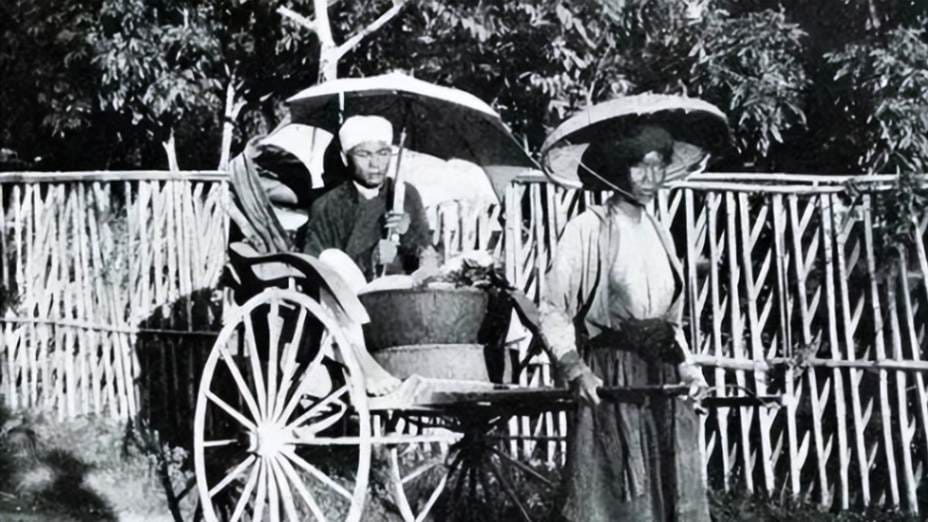
Vietnam: A Complex Dance of Colonialism and Cultural Identity 🇻🇳
Vietnam’s story is layered — once under direct Chinese rule, the country bore many Chinese marks, from administrative systems to written language. Resistance runs deep, dating back to the legendary Trưng Sisters.
Colonial French and Japanese occupations disrupted Chinese influence substantially. The French introduced Quốc Ngữ, a romanized writing system, which replaced classical Chinese characters. After independence and reunification, Vietnam embraced English alongside simplified traditions. 🇫🇷🇯🇵
Vietnamese people continue to celebrate Tết, though in a simplified form, mixing ancient customs with modern dialogues. This blend shows Vietnam’s unique path — a cultural mosaic built on resilience and adaptation.
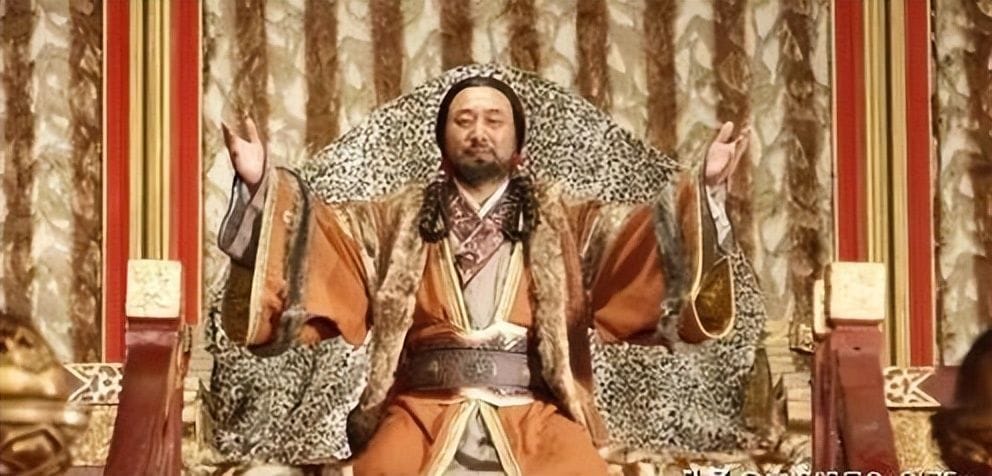
Mongolia’s Soviet-Inspired Cultural Reset 🇲🇳
Mongolia experienced a different brand of de-Sinicization, heavily influenced by Soviet policies that sought to reduce Chinese cultural ties and modernize society. The traditional Mongolian script gave way to Cyrillic, and Buddhism faced suppression.
After the Soviet collapse, traditions resurfaced, but Mongolian culture today is an intriguing hybrid, balancing Russian influence with native customs. The iconic Naadam festival celebrates Mongolia’s enduring spirit, even as younger generations navigate a world far from China’s shadow.
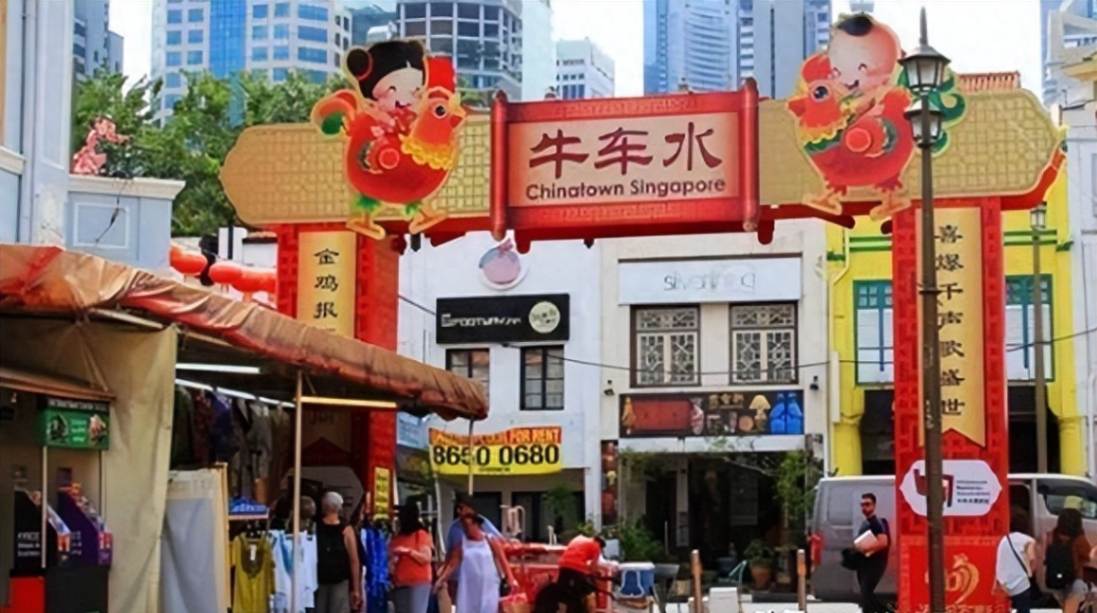
Singapore’s Strategic Multiculturalism and English Dominance 🇸🇬
Singapore’s case is unique: despite a majority Chinese population, it chose English as its official language and prioritized multicultural harmony over deep Sinicization. This approach quelled ethnic tensions and connected Singapore to the global economy.
While Mandarin remains taught as a heritage language (called Huayu), daily life leans on English, and cultural festivals have simplified over time. Shopping malls, skyscrapers, and a globalized workforce reflect Singapore’s forward-thinking balance of tradition and modernity.
Why Go Through This Cultural Transformation? 🌍
Each country’s journey away from strong Chinese cultural dominance stemmed from different reasons — colonial history, identity building, political shifts, or globalization demands.
Rather than rejecting their past, they are selectively adapting and evolving, emphasizing what serves their contemporary national identity best. It's a reminder that culture isn’t static — it’s a living, breathing creature, flexible enough to grow and change with its people.
So next time you enjoy K-pop, savor Vietnamese Tết, marvel at Mongolian Naadam, or stroll through Singapore's bustling streets, remember — these vibrant cultures tell stories of both connection and independence, rooted in history but reaching for their own future. 🚀

